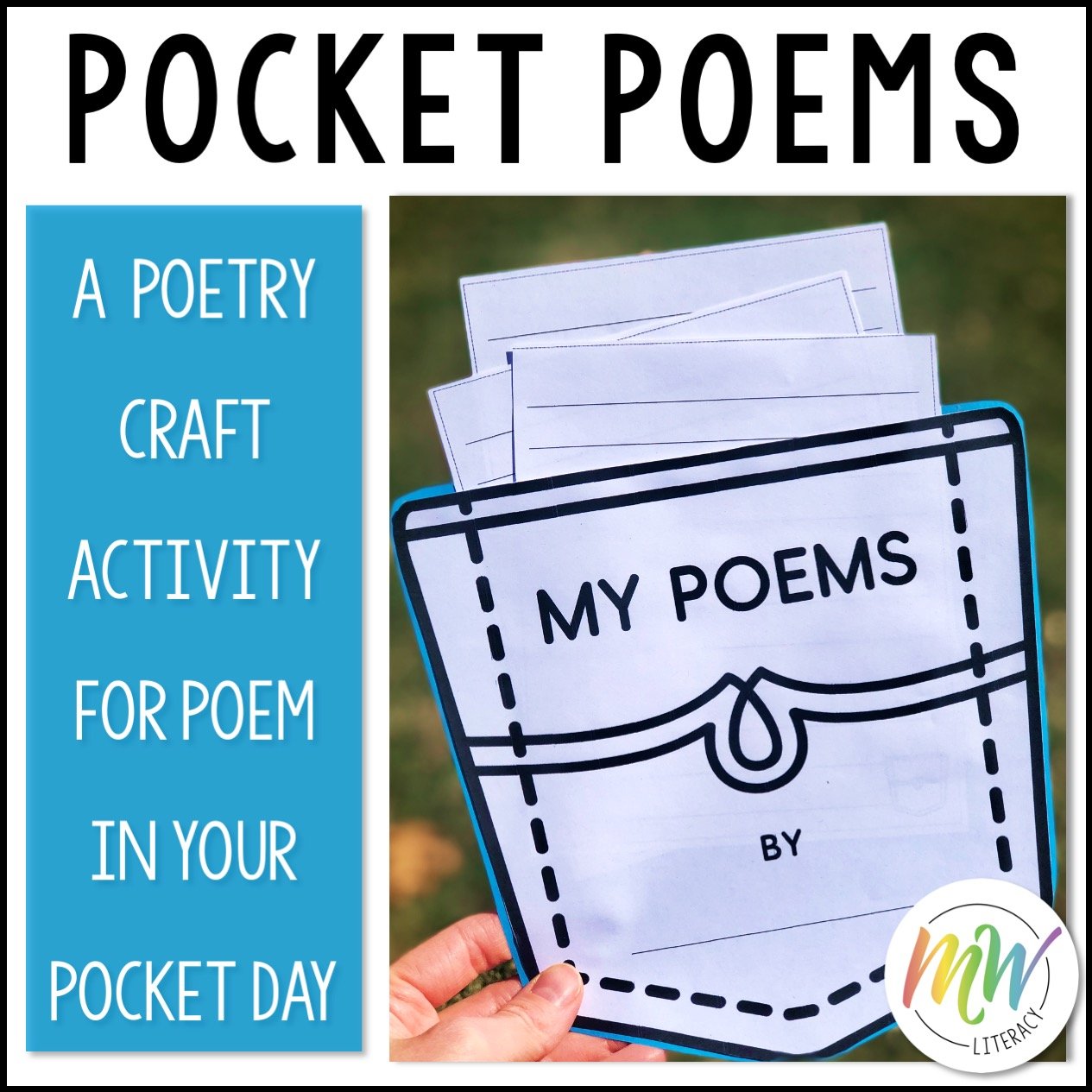Descriptive writing is important. It’s a game changer for the writer and the reader. It builds stronger writers, and makes readers want to read what they have to say. The recipe for descriptive writing is two-part: 1) having that spark of creatively to elicit content, and 2) word choice. In this post I’ve outlined 4 ways I encourage descriptive writing with my students.
Adjectives, Nouns, and Verbs. But mostly Nouns and Verbs.
Adjectives help describe nouns that you are writing about, but I always talk about nouns and verbs as being the powerhouses of descriptive writing. When properly chosen, they have the potential to elevate your writing. Take this sentence, for example:
James asked his friends to come over to his house.
What if we eliminate some of the wordiness and replace those words with one strong verb, like this:
James invited his friends to his house.
Here is another example:
The man was really upset when he realized the deer had gotten into his garden and eaten his flowers.
Now, let’s switch out the underlined words again.
The man was furious when he realized the deer had invaded his garden and devoured his hydrangeas.
I have been known to compare this strategy to a storage ottoman. I know what you’re thinking, but hear me out. When I lived in my studio apartment in New York City, I needed furniture that served multiple purposes. In other words, my nightstand needed shelves and a drawer. My ottoman needed storage. Both pieces of furniture were required to serve multiple purposes to eliminate the need for other unnecessary pieces in a small space. THAT is what strong nouns and verbs do. They make sentences more succinct and less crowded, while making them more inviting to the reader.
The best way to practice this skill is to start with simple sentences and switch out less descriptive words for better ones.
Here are a few more examples:
Charlie played in the music recital. —> Charlie performed in the music recital.
Lisa spoke quietly in the library. —> Lisa whispered in the library.
Reuben moved quickly across the field. —> Reuben darted across the field.
Figurative Language
Figurative language adds depth. Here are some types of figurative language that students can easily incorporate into their writing:
Simile: comparing two unlike things using “like” or “as”.
EXAMPLE: The snow sparkled like a diamond in the sun.
Personification: Giving human traits to something not human.
EXAMPLE: The leaves danced in the wind.
Vocal Verbs
When using dialogue, said is a very overused word. Sometimes it is just the right word to use, but many times, it can be replaced with a more appropriate and descriptive vocal verb.
EXAMPLES:
“It’s best that you get a good night’s sleep before the test,” suggested Brian’s mother.
“Don’t forget to study for the quiz,” reminded Mr. Miller.
“I’d be happy to help!” exclaimed Kayla.
—> Check out a list of alternative vocal verbs here.
Show, Don’t Tell
Instead of directly telling the reader what you are writing about, leave the reader to draw their own conclusions about what is happening based on your descriptions. Look at the examples below:
TELLING: It was Kayla’s birthday. She had a party with her friends and family. Kayla had a great time.
vs.
SHOWING: Kayla’s eyes lit up as she saw the cake. Her friends and family sang while she thought about a wish she would make. When everyone stopped singing, she blew out the candles and smiled.
Here is another example.
TELLING: Dan is on the basketball team. He made the winning shot. His teammates were so happy.
vs.
SHOWING: The score was tied and there were three seconds left on the clock. Dan let go of the ball and watched as it sailed across the court towards the hoop. The buzzer went off. The crowd went wild. Dan’s teammates raced over to him. They hugged him. They high-fived him.
SO…How do we implement these strategies?
There are three important things to do for implementing the above descriptive writing strategies.
Build Vocabulary. The bigger the student’s vocabulary, the more choice they have when it comes to choosing better words.
Use Mentor Texts. Read books that demonstrate descriptive writing. Keep these books accessible for students to refer back to on their own.
Model and Practice. Provide amble opportunity for students to see it in action, and to practice different types of descriptive writing.
How do you practice and implement descriptive writing with your students?

